Shape Your Education and Future
As a UC Irvine Dunlop School undergraduate, you study the science of life and the interconnection between mind, body and world health. As you learn more about the extraordinary ways biologists shape the future, you may become intrigued by a particular area and decide to choose it as a major.
Students begin by majoring in Biological Sciences, Ecology & Evolutionary Biology or Biology/Education. After meeting course and GPA requirements, it’s possible to apply for these additional majors.
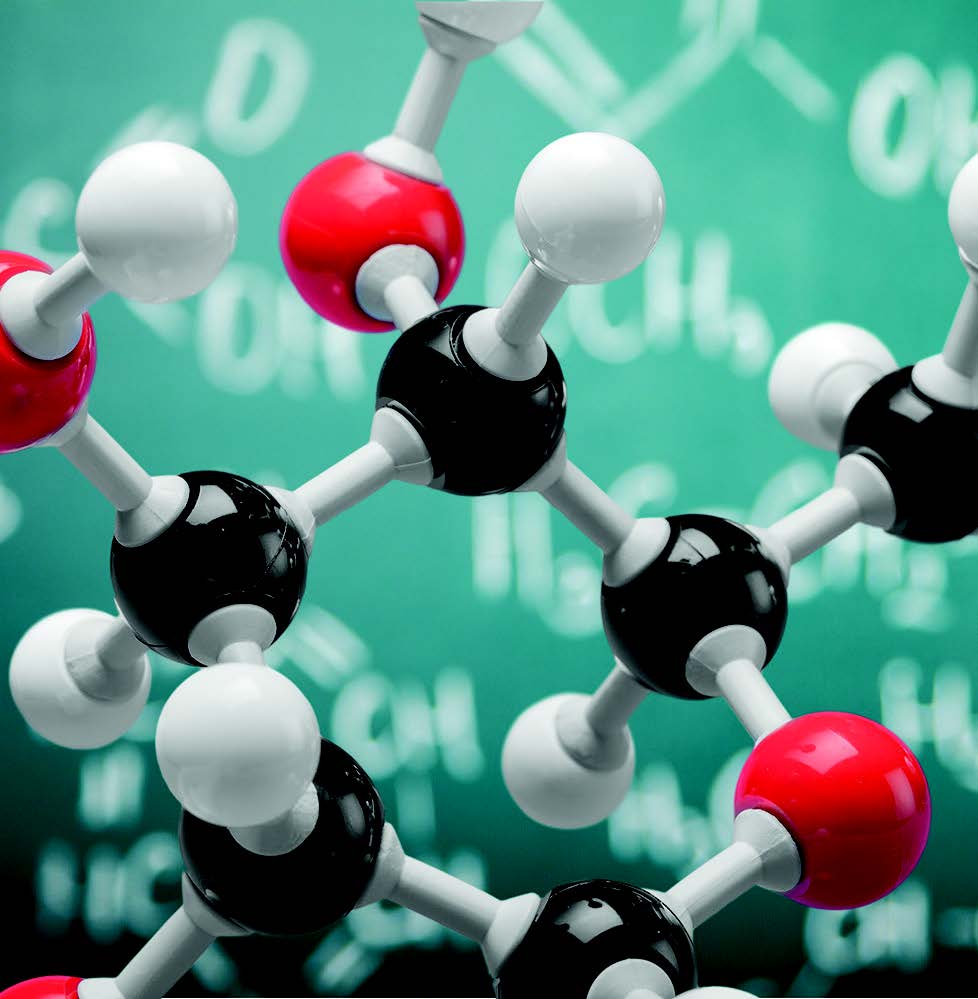
Biochemistry & Molecular Biology
The Biochemistry and Molecular Biology major provides students with a comprehensive background in this modern, conceptual understanding of biology. Ideal for students interested in studying the molecular basis (including development, gene expression, immunology, pathogenesis, disease, virology, and evolution). This major is also designed for students that wish to pursue an advanced degree in biological or medical sciences. In addition, and particularly with the explosive growth in biotechnology and its significant influence in everyday life, graduates could use their backgrounds very effectively to pursue careers in business, education, law, and public affairs.
University of California, Irvine Student Learning Outcomes for B.S. in Biochemistry and Molecular Biology
1. Demonstrate an understanding of biology at the level of molecules, cells, systems, organisms and ecosystems.
2. Demonstrate an understanding of key concepts in molecular biology and biochemistry.
3. Demonstrate scientific quantitative skills, such as the ability to evaluate experimental design, read graphs, and understand and use information from scientific papers.
4. Demonstrate skill in communication of scientific data in standard format.
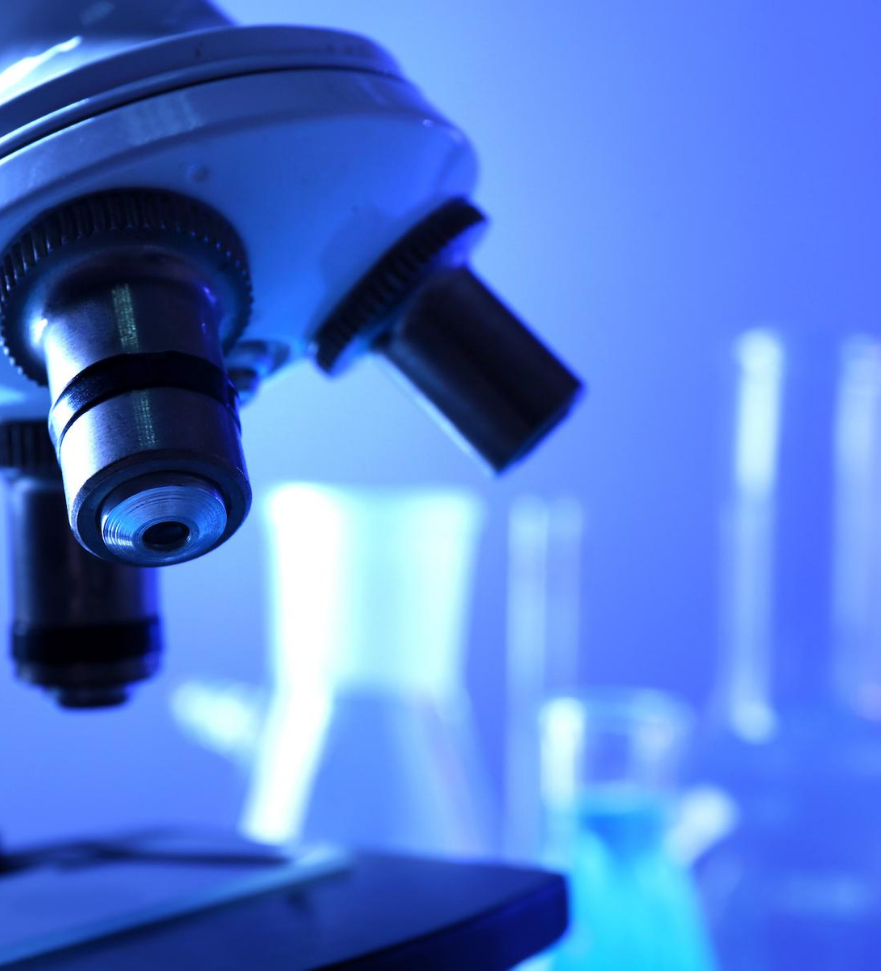
Biological Sciences
The Biological Sciences major presents a unified, in-depth study of modern biology. The Biological Sciences Core is a five-quarter series of courses ranging from ecology and evolutionary biology, to genetics, biochemistry, and molecular biology. Important laboratory techniques and methodology are presented in upper-division laboratories. Advanced elective courses provide an opportunity to continue to diversify students’ exposure to the biological sciences or to gain a much more in-depth study of a particular area of the biological sciences.
NOTE: Biological Sciences majors who successfully complete their second year of study may elect to apply for a change of major to one of the following: Biochemistry and Molecular Biology, Developmental and Cell Biology, Exercise Sciences, Genetics, Human Biology, Microbiology and Immunology, or Neurobiology. Students may apply directly to the Biology/Education major or the Ecology and Evolutionary Biology major when they apply for admission to UCI. Contact the Biological Sciences Student Affairs Office for more information.
University of California, Irvine Student Learning Outcomes for B.S. in Biological Sciences
1. Demonstrate an understanding of biology at the level of molecules, cells, systems, organisms and ecosystems.
2. Demonstrate an understanding of key concepts in evolutionary biology, ecology, neurobiology, cell biology, molecular biology, biochemistry, genetics, developmental biology and physiology.
3. Demonstrate scientific quantitative skills, such as the ability to evaluate experimental design, read graphs, and understand and use information from scientific papers.
4. Demonstrate skill in communication of scientific data in standard format.
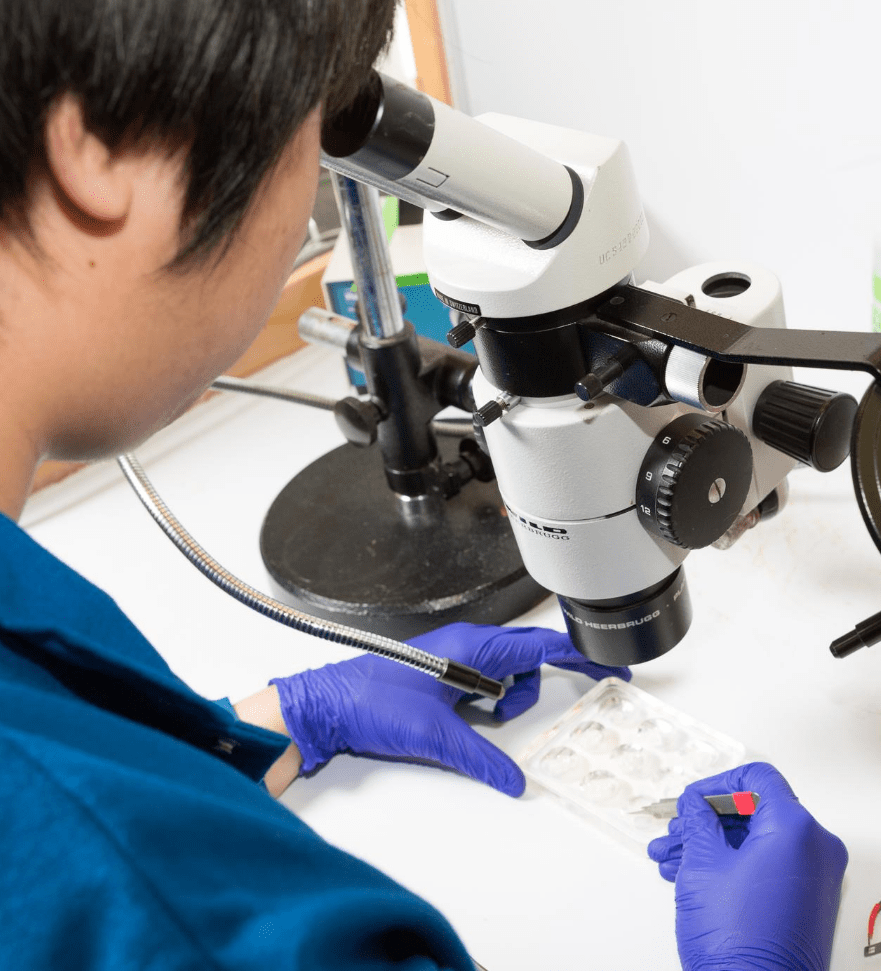
Biology/Education
The Biology/Education major allows students to earn both a B.S. degree in Biological Sciences along with a California Preliminary Single Subject Teaching Credential within four years. Upon completion of this major, individuals will be authorized to teach biology and general science in a middle school or high school.
University of California, Irvine Student Learning Outcomes for B.S. in Biology Education
University of California, Irvine
Student Learning Outcomes for B.S. in Biology Education
*Note, this program combines SLOs for B.S. in Biological Sciences and California Teaching Performance Expectations (TPEs)
Student Learning Outcomes for B.S. in Biological Sciences
- Demonstrate an understanding of biology at the level of molecules, cells, systems, organisms and ecosystems.
- Demonstrate an understanding of key concepts in evolutionary biology, ecology, neurobiology, cell biology, molecular biology, biochemistry, genetics, developmental biology and physiology.
- Demonstrate scientific quantitative skills, such as the ability to evaluate experimental design, read graphs, and understand and use information from scientific papers.
- Demonstrate skill in communication of scientific data in standard format.
Teaching Performance Expectations (TPEs)
Aligned with the California Standards for the Teaching Profession
Details can be found at https://www.ctc.ca.gov/docs/default-source/educator-prep/standards/adopted-tpes-2016.pdf?sfvrsn=8cb2c410_0
- Engage and support all students in learning
- Create and maintain effective environments for student learning
- Understand and organize subject matter for student learning content specific pedagogy
- Planning instruction and designing learning experiences for all students
- Assess student learning
- Develop as a professional educator
Subject Specific Pedagogy: Students are expected to demonstrate
- Developmentally appropriate practices in relation to subject-specific pedagogy
- English language development in relation to subject-specific pedagogy
- Subject-specific pedagogical skills for multiple subject teaching assignments
- Subject-specific pedagogical skills for single subject teaching assignments
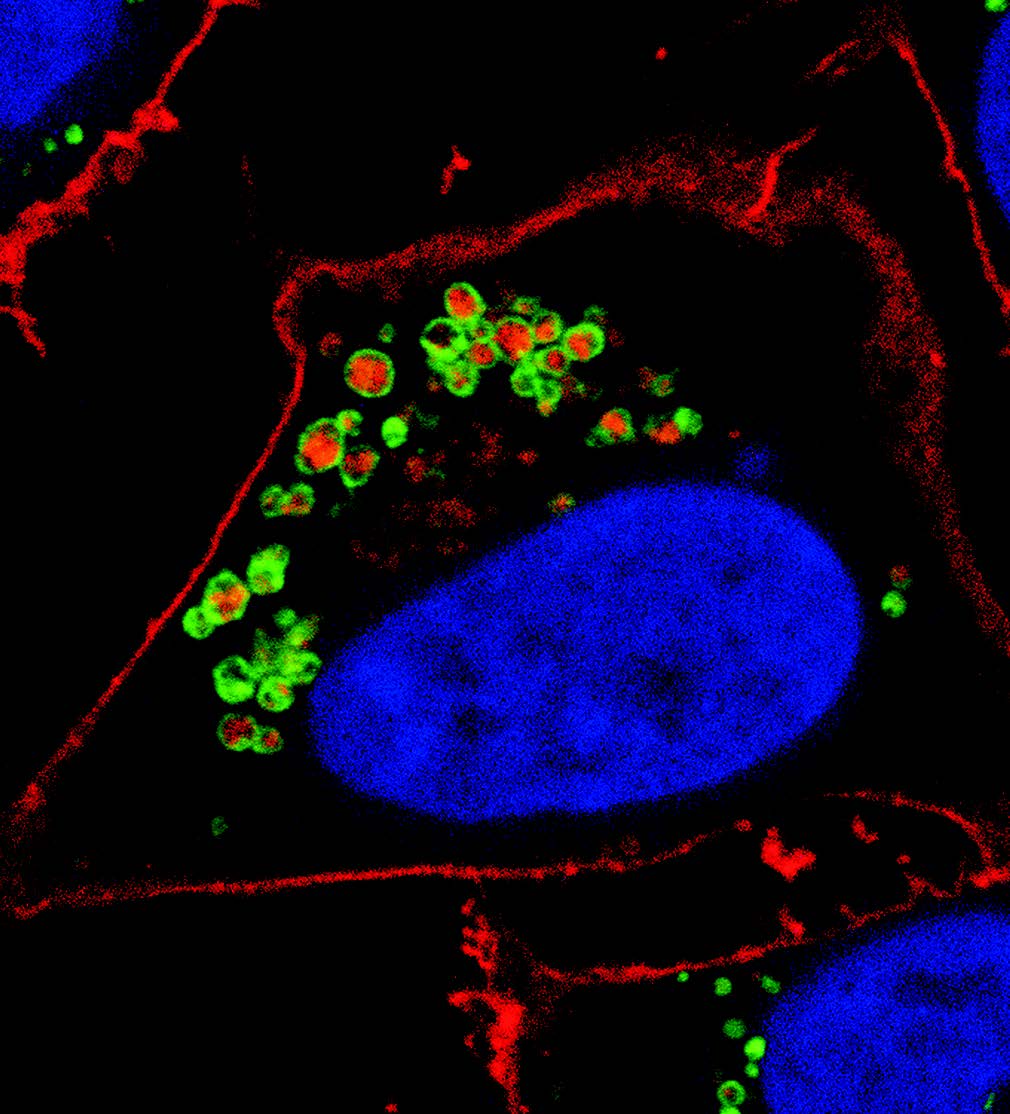
Developmental & Cell Biology
The Developmental and Cell Biology major is intended to provide students with intensive training in cutting edge approaches to understanding the structure and function of cells and how they interact to produce a complex organism, starting with a fertilized egg. The focus of the B.S. in Developmental and Cell Biology is to provide students with intensive training aimed at preparing them for graduate programs in modern Developmental and Cell Biology or other biomedical sciences. In-depth training in the molecular basis of cell and developmental biology will be coupled with integrating knowledge obtained from the recent explosive advances in genomic technology to provide a strong working understanding of how to approach problems in basic research.
University of California, Irvine Student Learning Outcomes for B.S. in Developmental and Cell Biology
1. Demonstrate an understanding of biology at the level of molecules, cells, systems, organisms and ecosystems.
2. Demonstrate an understanding of key concepts in developmental and cell biology.
3. Demonstrate scientific quantitative skills, such as the ability to evaluate experimental design, read graphs, and understand and use information from scientific papers.
4. Demonstrate skill in communication of scientific data in standard format.
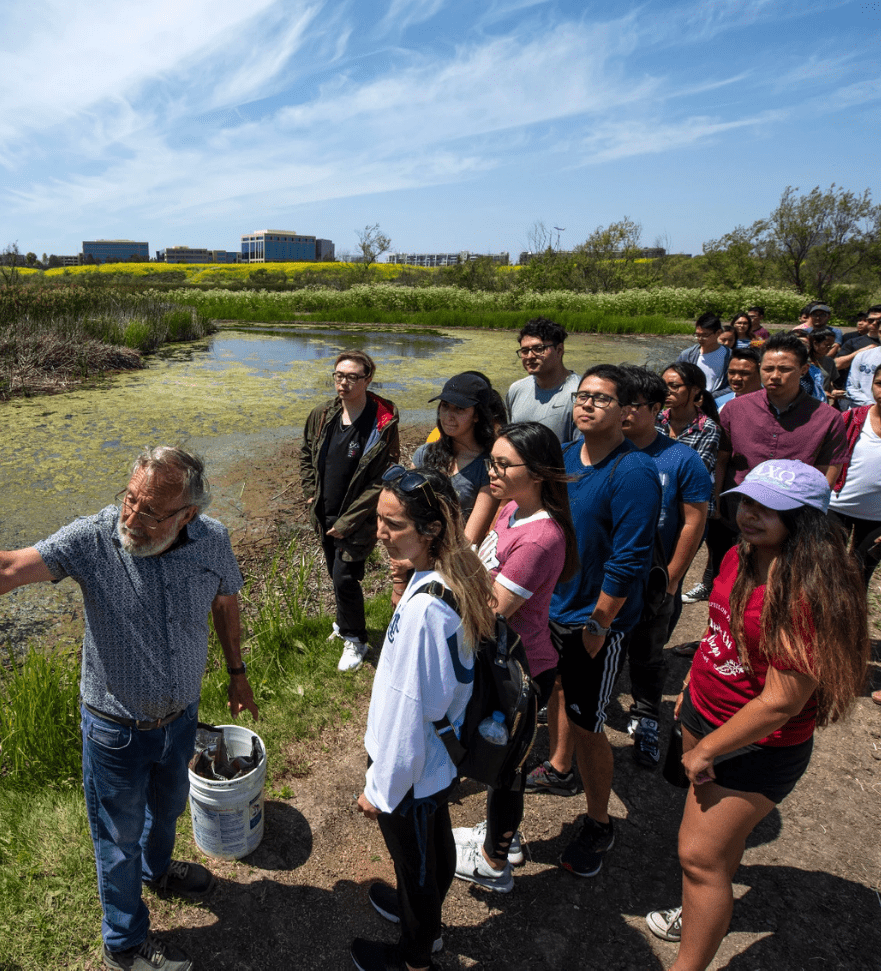
Ecology & Evolutionary Biology
In the 21st century, biologists in fields ranging from medicine to global change biology increasingly incorporate ecological and evolutionary ideas in their research. The major in Ecology and Evolutionary Biology encourages students to understand and appreciate important linkages between biological disciplines. The major is very broad, including components of evolutionary biology, ecology, and physiology. Faculty interests are also broad and include the evolution of aging, conservation biology, restoration ecology, biogeography, plant and animal population and community ecology, the evolution of infectious disease, evolutionary physiology, behavioral ecology, host-disease interactions, evolutionary genetics, genetics of invasive species, and plant population biology. Following graduation, students will be especially well prepared to enter graduate programs in either ecology or evolution for advanced study. The major also provides the foundation to pursue careers in governmental and non-governmental environmental organizations, as well as professional schools. The Department considers undergraduate experience in research an integral component of a scientific education, and majors are encouraged to participate in BIO SCI 199 , in which they will be mentored by an individual faculty member within the Department.
University of California, Irvine Student Learning Outcomes for B.S. in Ecology and Evolutionary Biology
1. Demonstrate an understanding of ecological relationships between organisms and their environment.
2. Demonstrate an understanding of key concepts in evolutionary biology, the history of life on Earth, and phylogenetic relationships between organisms.
3. Demonstrate an understanding of structure/function relationships in organisms.
4. Demonstrate scientific quantitative skills, such as the ability to evaluate experimental design, read graphs, and understand and use information from scientific papers.
5. Demonstrate skill in communication of their ideas in writing and in oral presentations.
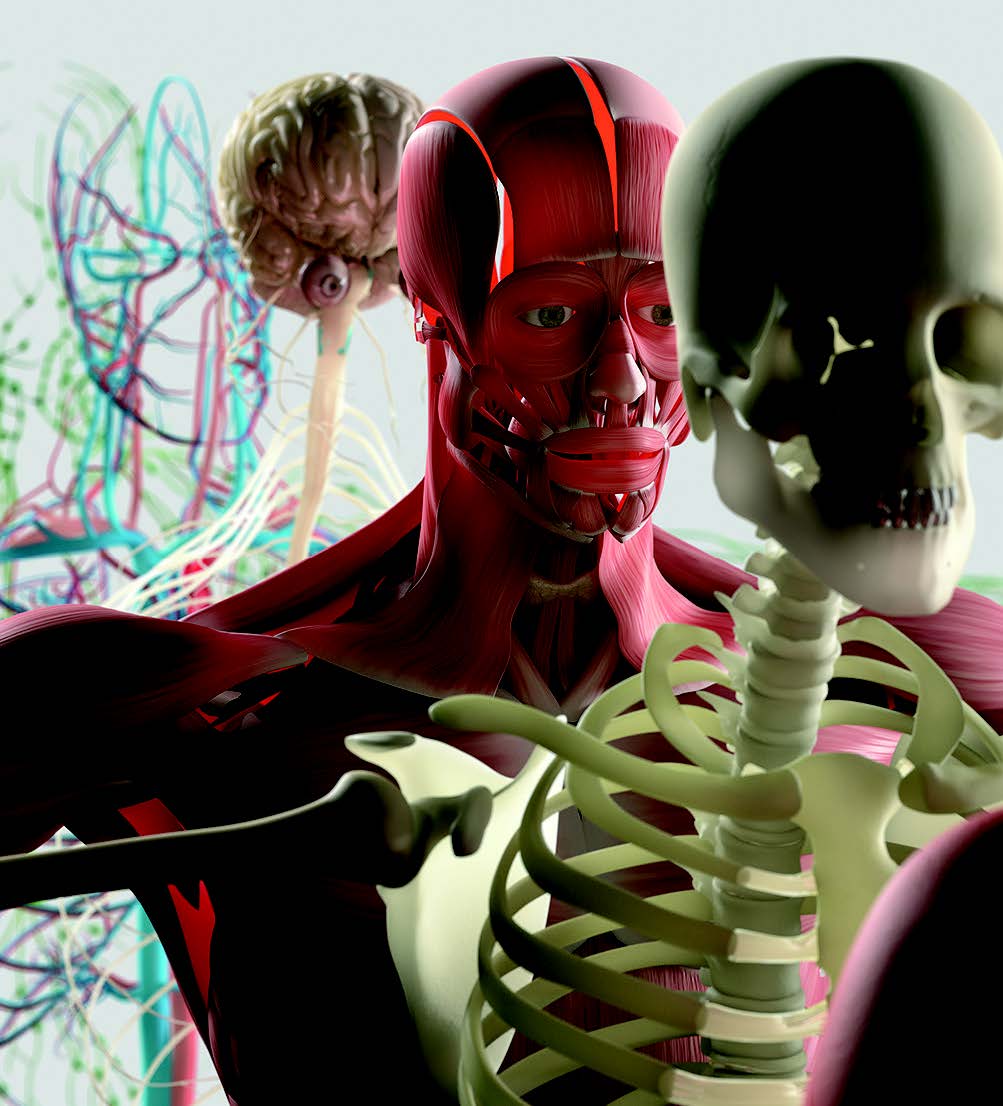
Exercise Sciences
Virtually every organism is dependent on movement (both intracellular and extracellular) in one form or another. With respect to humans, physical activity imposes unique stresses on a broad spectrum of cell types, tissues, and organ systems. However, physical activity plays a key role in shaping fundamental biological processes necessary for maintaining health and preventing disease. While both human and nonhuman species exhibit many common biological phenomenon, there are also many unique aspects of their physiology. This major will also highlight some of the unique physiological traits of nonhuman species and how such unique phenomenon may provide important insights into human health. Additionally, upper-division courses in this major are designed to integrate fundamental principles of biology, chemistry, and physics into a coherent understanding of how physical activity/inactivity impacts human health under healthy and diseased states.
University of California, Irvine Student Learning Outcomes for B.S. in Exercise Science
1. Demonstrate an understanding of biology as it relates to exercise science from the level of molecules, cells, systems, and organisms.
2. Demonstrate an understanding of how key concepts in evolutionary biology, neurobiology, cell biology, molecular biology, biochemistry, physiology, genetics, and developmental biology relate to movement and exercise.
3. Demonstrate an understanding of how physical activity is important for human health and disease prevention.
4. Demonstrate scientific quantitative skills, such as the ability to evaluate experimental design, read graphs, and understand and use information from scientific papers.
5. Demonstrate skill in communication of scientific data in standard format.

Genetics
Genetics pervades every aspect of modern society, from newspaper articles to talk shows, from discussions on health care to discussions on cloning. With the sequencing of the human genome, it is more important than ever for biology students to have a broad background in the study of heredity and evolution. The Genetics major is designed to benefit motivated undergraduates who have a particular interest in learning about developmental genetics, evolutionary genetics, and molecular genetics and to allow them to explore how our knowledge of genetic mechanisms contributes to our understanding of human development and disease. The Genetics major will accommodate students interested in the study of inheritance either as a basic discipline or in terms of its applied aspects in biotechnology, medicine, and agriculture, but will be especially attractive to those students desiring focused study and preparation for graduate training.
University of California, Irvine Student Learning Outcomes for B.S. in Genetics
1. Demonstrate an understanding of biology at the level of molecules, cells, systems, organisms and ecosystems.
2. Demonstrate an understanding of key concepts in genetics.
3. Demonstrate scientific quantitative skills, such as the ability to evaluate experimental design, read graphs, and understand and use information from scientific papers.
4. Demonstrate skill in communication of scientific data in standard format.
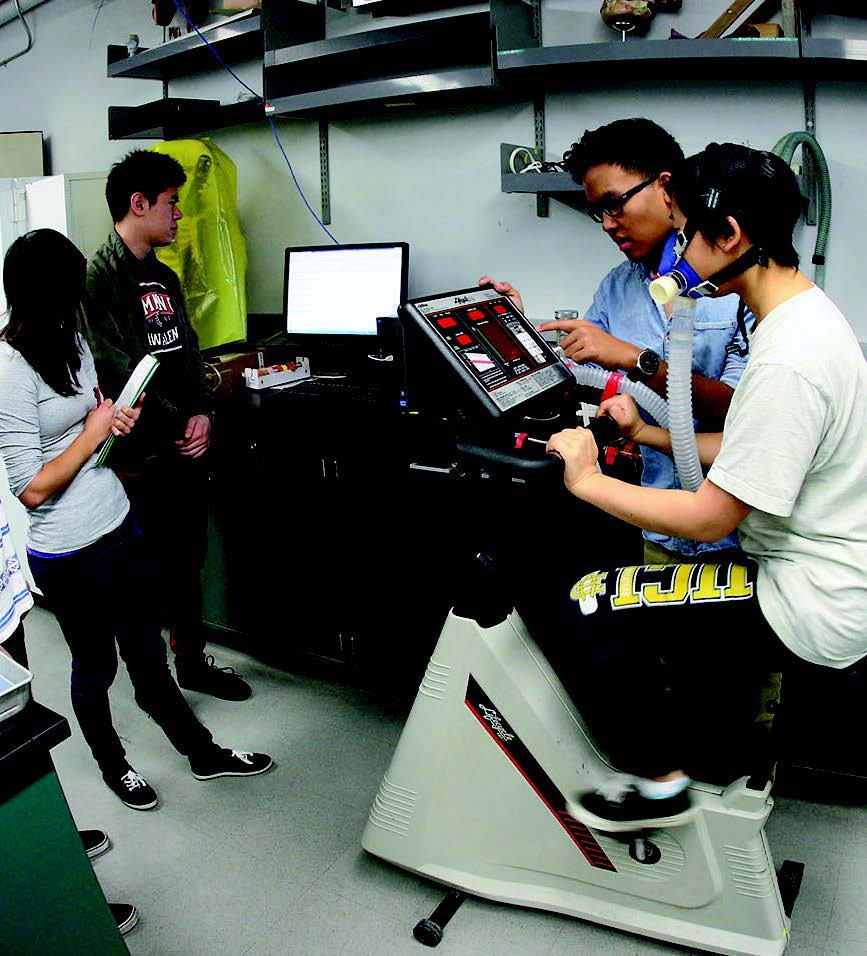
Human Biology
Human Biology provides an in-depth look at cutting edge topics in physiology and epidemiology as they relate to global issues of ethics, anthropology, and socioeconomics. The major also provides the student an understanding of human health beyond basic biological function. Students will learn to evaluate healthcare risks and challenges as they relate to global economies, cultural opinions and environment. Additionally, students will extrapolate information from clinical research publications and relate new findings to accepted knowledge. Topics covered will investigate intrinsic and extrinsic diseases as well as disorders of the brain and appreciate ethical considerations and dilemmas that face clinicians, research scientists and drug developers.
University of California, Irvine Student Learning Outcomes for B.S. in Human Biology
N120A The Intrinsic Diseases
Course Goals:
- Students will understand the physiology, causality and treatment options for a variety of Intrinsic Diseases.
- Students will understand healthcare disparities based on residential segregation, global inequality, absolute & relative poverty as well as upward and downward mobility.
- Cardiovascular Disease
Goal: Students will understand the physiology, causality and treatment options for cardiovascular disease.
- By the end of this week students will be able to:
- Diagram blood flow through the heart.
- Identify the layers of the heart and blood vessels.
- Describe the difference between veins and arteries.
- Apply measures of pressure, flow and resistance for diagnosis.
- Appraise the stages of plaque formation in atherosclerosis.
- Contrast an embolism with a thrombus.
- Describe the causes of aneurism.
- Explain the difference between a heart attack, heart failure and aneurism.
- Identify measures of blood pressure, including diastolic and systolic.
- Identify human risk factors associated with cardiovascular disease.
- Evaluate the interaction between risk factors and epidemiology.
- Evaluate the interaction between risk factors and race, ethnicity, social class and prestige.
- Diagnose symptoms of early and late stage cardiovascular disease.
- Describe the relationship between cardiovascular treatment and renal regulation of blood pressure.
- Justify the prescription of angiotensin, aldosterone, calcium channel blockers, beta-blockers and ADH medications on the basis of mechanism.
- Read WHO risk assessment charts and predict the likelihood of cardiovascular disease for specific case studies.
- Cancer
Goal: Students will understand the physiology, causality and treatment options for cancer.
- By the end of this week students will be able to:
- Diagram the stages of the cell cycle and identify cell cycle checkpoints.
- Explain how cyclin-dependent kinase regulation works.
- Define gain of function and loss of function.
- Identify specific oncogenes and tumor suppressors.
- List causes of DNA damage.
- Identify the stages of cancer cell morphology.
- Describe the role regulation cascades in cell cycle regulation and apoptosis (p53, Ras, BRCA etc…)
- Formulate a hypothesis for the downstream effects of gain or loss of function mutations in proteins associated with cell cycle regulation or apoptotic pathways.
- Illustrate ways in which viral integration can lead to cancer.
- Contrast the benefits and detriments of alkylating agents in the treatment of cancer.
- Describe the role of the lymphatic system in metastatic cancer.
- Categorize potential targets for chemotherapy.
- Describe the function of hormone therapy.
- Argue the necessity of stress management for patients coping with cancer.
- Interpret epidemiology maps associated with cancer rates.
- Formulate an explanation for the global distribution of cancer rates.
- Diabetes
Goal: Students will understand the physiology, causality and treatment options for Diabetes I & II.
- By the end of this week students will be able to:
- Identify the end products of digestion.
- Describe how the pancreas responds to and anticipates changes in blood sugar.
- Name the cells of the pancreas and their function.
- Compare the relationship between insulin and glucagon in glucose storage and uptake.
- Describe transport across cell membranes and the function of membrane receptors.
- Explain the role of the endocrine system in cell storage and uptake.
- Contrast glycogenolysis and gluconeogenesis.
- Describe the action of insulin on proteolysis & lipolysis.
- Describe the action on insulin on amino acid uptake and tissue autophagy.
- Evaluate how diabetes influence on renal sodium excretion may impact cardiovascular disease.
- Explain the relationship between stress hormones and blood sugar regulation.
- Modify insulin treatment to accommodate stressful life situations.
- Report on the prevalence of Type I and Type II diabetes.
- Justify the need for better access to insulin treatment in developing countries.
- Compare and contrast risk factors and treatments for Type I and Type II diabetes.
- Appraise in the influence of socioeconomic status on nutrition and access to medication.
- Argue how changes in usage of fats and sugar consumption in the United States have influenced childhood obesity and the rise of Type II diabetes.
- Alzheimer’s Disease
Goal: Students will understand the physiology, causality and treatment options for Alzheimer’s.
- By the end of this week students will be able to:
- Describe the structures associated with microtubule formation and the cytoskeleton.
- Explain the use of stem cells in treatment.
- Identify brain regions associated with encoding and retrieval of memory.
- Explain the process of LTP.
- Autoimmune Disease
Goal: Students will understand the physiology, causality and treatment options for select autoimmune diseases:
- By the end of this week students will be able to:
- Contrast self vs. non-self immunity.
- Pulmonary Disease
Goal: Students will understand the physiology, causality and treatment options for COPD.
- By the end of this week students will be able to:
- Explain how lung volume changes.
- Identify the structures of the alveoli and explain how they support gas exchange.
- Discuss the role of inflammation and the immune system in the development of COPD.
- Compare the development of COPD to atherosclerosis.
- Diagram oxygen exchange.
- Compare and contrast obstructive and restrictive lung disease.
- Be able to apply Henry’s Law.
- Argue how pollution, smoking, fuel use and occupation influence the development of COPD.
- Discuss global rates of COPD and identify risk factors by region.
- List the stages of emphysema.
- Describe how renal function can exacerbate COPD symptoms.
- Propose interventions to decrease the risk of COPD in a variety of occupations.
- Support how a growing human energy demand correlates with increasing COPD levels.
- Genetic Disorders
Goal: Students will understand the physiology, causality and treatment options for select Genetic Disorders, like cystic fibrosis.
- By the end of this week students will be able to:
N120B The Extrinsic Diseases
Course Goals:
- Students will understand the physiology, causality and treatment options for a variety of Extrinsic Diseases.
- Students will understand healthcare disparities based on residential segregation, global inequality, absolute & relative poverty as well as upward and downward mobility.
- Influenza
Goal:
1) Students will understand the physiology, causality and treatment options for the Influenza virus.
- By the end of this week students will be able to:
- Contrast the symptoms of influenza and the common cold.
- List the influenza subtypes and identify which cause seasonal Influenza.
- Explain the components of a virus and describe replication.
- Compare and contrast lytic vs. lysogenic replication.
- Describe the role of Hemagglutinin and Neuraminidase in viral infection.
- Classify influenza viruses based on hemagglutinin and neuraminidase subtypes.
- Explain how antigenic shift works and the importance of segmented genes in viral strain development.
- Explain why influenzas are host specific.
- Theorize how the swine flu emerged based on an understanding of gene reassortment and host specificity.
- Identify global transmission zones and distribution of influenza subtypes.
- Propose a theory for why outbreaks are seasonal.
- Compare benefits and detriments of annual vaccination as it relates to age.
- Understand risk factors associated with influenza epidemics.
- Formulate a hypothesis for the rise of highly pathogenic influenzas like the Spanish flu.
- Predict the potential for an avian flu variant outbreak based on annual rates of influenza prevalence.
- HIV/AIDS
Goal: Students will understand the physiology, causality and treatment options for HIV/AIDS.
- By the end of this week students will be able to:
- Identify cell types associated with the innate and adaptive immune system.
- Define what a hemipoetic stem cell is and how it gives rise to a variety of immune cells.
- Diagram the maturation pathway of CD4+ and CD8+ T cell development.
- Contrast the function of a helper T cell and a cytolytic T cell.
- Describe the interaction of T cells and B cells in adaptive immunity.
- Define the role of MHC1, MCH2 and antigen presenting cells in immune response.
- Describe the mechanism that involves GP120, GP41 and CD4 in HIV viral docking and infection.
- Explain the process of viral replication.
- Develop potential anti-viral treatment based on protease, integrase and transcriptase.
- Compare and contrast the symptoms of an acute HIV infection with the symptoms of AIDS.
- Describe how Karposi’s sarcoma is caused by HIV infection.
- Formulate a hypothesis for the spread of HIV-1 and HIV-2 subgroups based global distribution.
- Describe how access to anti-virals has influenced the global prevalence of HIV.
- Evaluate how culture, activism, politics and science have changed our approach to HIV treatment over time.
- Diarrheal Diseases
Goal: Students will understand the physiology, causality and treatment options for Cholera and Rota.
- By the end of this week students will be able to:
- Define diarrheal disease according to WHO.
- Define diffusion, osmosis.
- Compare active and passive transport mechanisms.
- Identify absorption of proteins, nucleic acids and fats by the stomach, lumen and brush border of the small intestine.
- Diagram the pathway of daily water ingestion, secretion, absorption and excretion in a healthy human.
- Explain how absorption of food-based molecules influence osmolarity and absorption.
- Identify functional differences between the duodenum, jejunum and ileum.
- Describe the structure and function of mucosal folds, villi and microvilli.
- Define paracellular and transcellular routes of absorption.
- Diagram how Na+ drives absorption in the ileum.
- Describe the osmotic role of the Na+-glucose transporter and Na+/K+ pump in the lumen.
- Diagram how the adenylyl cyclase drives the CFT Cl- receptor to influence Na+ movement across tight junctions in the small intestine.
- Describe the pathways associated with Cholera toxin and Rota virus disruption of water absorbption.
- Apply John Snow’s method of tracking a Cholera outbreak to a case study in Haiti.
- Describe how Robert Koch and Filippo Pacini first identified the vibrio cholera bacterium as the cause of Cholera.
- Compare ways in which modern sanitation differentially reduces Cholera, but not Rota-based diarrheal diseases.
- Hepatitis
Goal: Students will understand the physiology, causality and treatment options for Hepatitis.
- By the end of this week students will be able to:
- Hemorrhagic Diseases
Goal: Students will understand the physiology, causality and treatment options for Ebola.
- By the end of this week students will be able to:
- Tuberculosis
Goal: Students will understand the physiology, causality and treatment options for Tuberculosis and explore the development of antibiotic resistance.
- By the end of this week students will be able to:
- Describe the early & late primary progressive, as well as the latent stages of TB.
- Describe the transmission of TB.
- Define the formation of granulomas in alveoli by macrophages and T lymphocytes.
- Apply appropriate diagnostic tests for detecting TB based on prior exposure to disease, vaccination, symptomology and time course.
- Identify risk factors for antibiotic resistant TB.
- Explain the importance of proper antibiotic prescription and use.
- Assess global MDR-TB risk and spread.
- Construct a model for MDR-TB incubation and spread.
- The Superbugs: CRE, VRE & MERSA
Goal: Students will understand the physiology, causality and treatment options for antibiotic resistant bacteria.
- By the end of this week students will be able to:
- Review the basic differences between prokaryotes and bacteria.
- Describe gram staining and its applicable uses.
- Identify the stages of bacterial reproduction.
- Describe the process of bacterial conjugation and recombination.
- List global risks for antibiotic resistance.
- Identify how overuse of antibiotics for food production increases drug resistant bacterial infections.
- Apply treatment options for drug resistant bacteria.
- Describe how human sanitation and waste treatment impacts exposure to drug resistant bacteria.
- Extrapolate how levels of breeding superbugs in oceans may impact human health.
- Justify the necessity for antibiotic alternatives.
- Report on the mechanisms that bacteria use to spread resistance.
- Identify a superbug described in a current news article, argue potential causes of drug resistance and devise a plan of action to deal with the issue at hand.
- Parasites
Goal: Students will understand the physiology, causality and treatment options for parasites.
- By the end of this week students will be able to:
N120 C Disorders of the Brain & Nervous system
Course Goals:
- Students will understand the physiology, causality and treatment options for Disorders of the Brain.
- Students will understand healthcare disparities based on perception, prejudice, bias, discrimination and ethnocentrism.
- Depression & Mania
Goal: Students will understand the physiology, causality and treatment options for unipolar and bipolar depression.
- By the end of this week students will be able to:
- Anxiety, OCD & PTSD
Goal: Students will understand the physiology, causality and treatment options for anxiety disorders.
- By the end of this week students will be able to:
- Visual Dysfunction
Goal: Students will understand the physiology, causality and treatment options for vision disorders.
- By the end of this week students will be able to:
- Auditory Dysfunction
Goal: Students will understand the physiology, causality and treatment options for hearing disorders.
- By the end of this week students will be able to:
- Motor dysfunction
Goal: Students will understand the physiology, causality and treatment options for neurodegenerative disease of the motor system, including Huntington’s & Parkinson’s.
- By the end of this week students will be able to:
- Epilepsy
Goal: Students will understand the physiology, causality and treatment options for Epilepsy.
- By the end of this week students will be able to:
- Autism, ADD & ADHD
Goal: Students will understand the physiology, causality and treatment options for autism and attention deficit disorder.
- By the end of this week students will be able to:
- Pain
Goal: Students will understand the physiology, causality and treatment options for disorders associated with the somatosensory system.
- By the end of this week students will be able to:
- Addiction
Goal: Students will understand the physiology, causality and treatment options for Alcoholism and drug addiction.
- By the end of this week students will be able to:
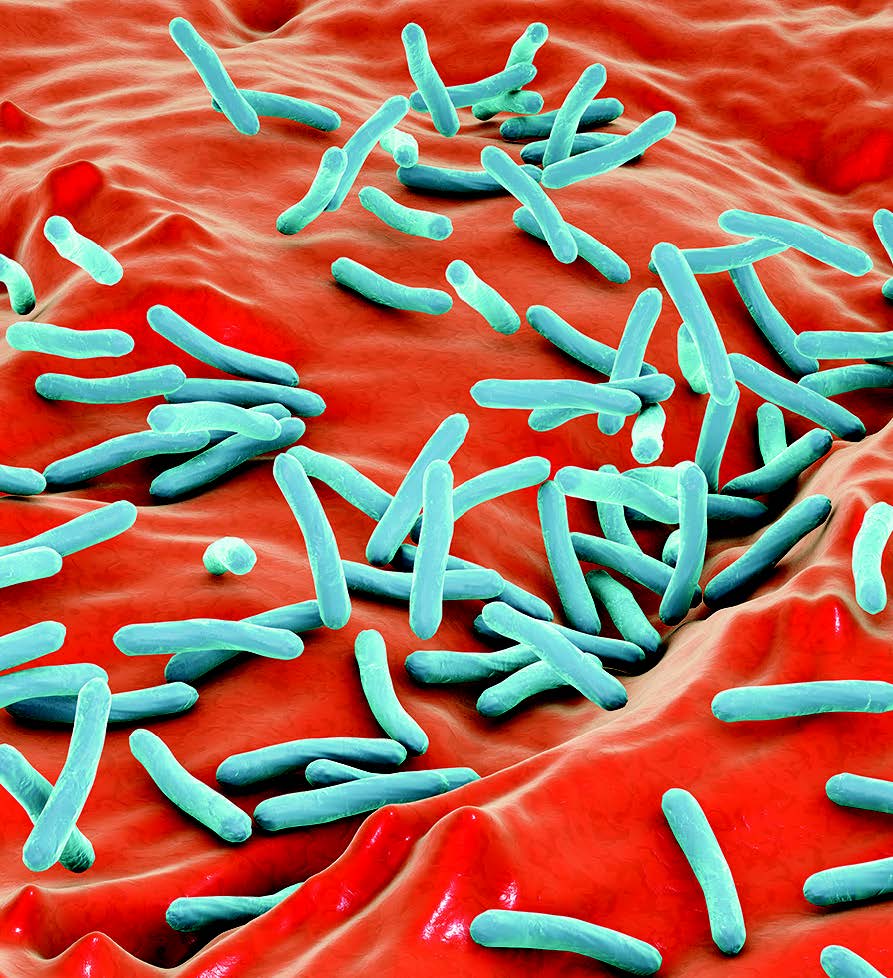
Microbiology & Immunology
Microbiology and immunology are well-established disciplines within the life sciences. Microbiology addresses the biology of bacteria, viruses, and unicellular eukaryotes such as fungi and protozoa. Studies of microorganisms reveal basic information about processes in evolution, genetics, biochemistry, molecular biology, cell biology, structural biology, and ecology. Many bacteria, viruses, and protozoa cause disease in plants and animals. Hence, major areas of medicine and public health focus on these microorganisms.
University of California, Irvine Student Learning Outcomes for B.S. in Microbiology and Immunology
1. Demonstrate an understanding of biology at the level of molecules, cells, systems, organisms and ecosystems.
2. Demonstrate an understanding of key concepts in microbiology and immunology.
3. Demonstrate scientific quantitative skills, such as the ability to evaluate experimental design, read graphs, and understand and use information from scientific papers.
4. Demonstrate skill in communication of scientific data in standard format.
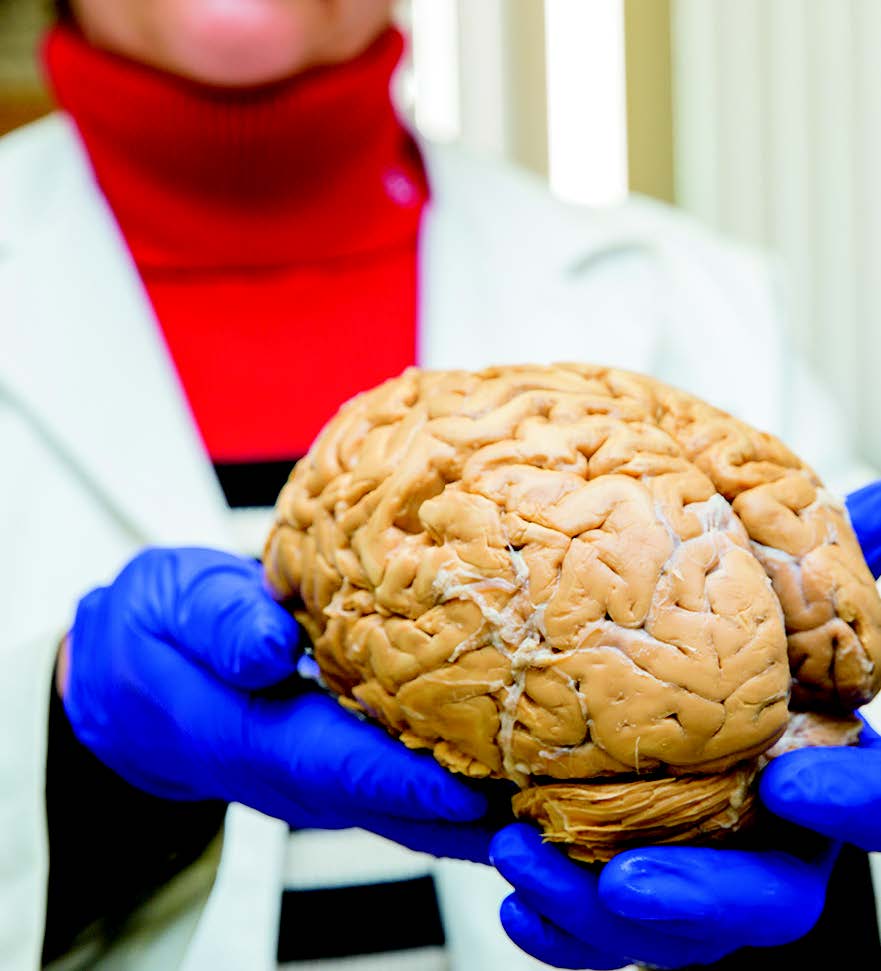
Neurobiology
The Neurobiology major is designed to teach students how neurobiologists apply cellular, molecular, systems, and behavioral analyses in understanding how the nervous system works. Most noteworthy, the hallmark of the major is a year-long, in-depth exploration of the intellectual nervous system. Through neurobiology, satellite courses, students acquire advanced factual knowledge about neurobiology
University of California, Irvine Student Learning Outcomes for B.S. in Neurobiology
1. Describe and explain, at least in broad strokes, the structural and functional organization of the mammalian brain, integrating all levels of analysis, from molecules and cells to systems and behavior.
2. Discuss a wide assortment of techniques that are used to study the nervous system and identify the techniques’ strengths and weaknesses.
3. Pose testable questions and hypotheses to address gaps and discrepancies in our current understanding of the nervous system.
4. Devise and evaluate experiments designed to test hypotheses.
5. Communicate neurobiology ideas, data and findings with others clearly and accurately.

